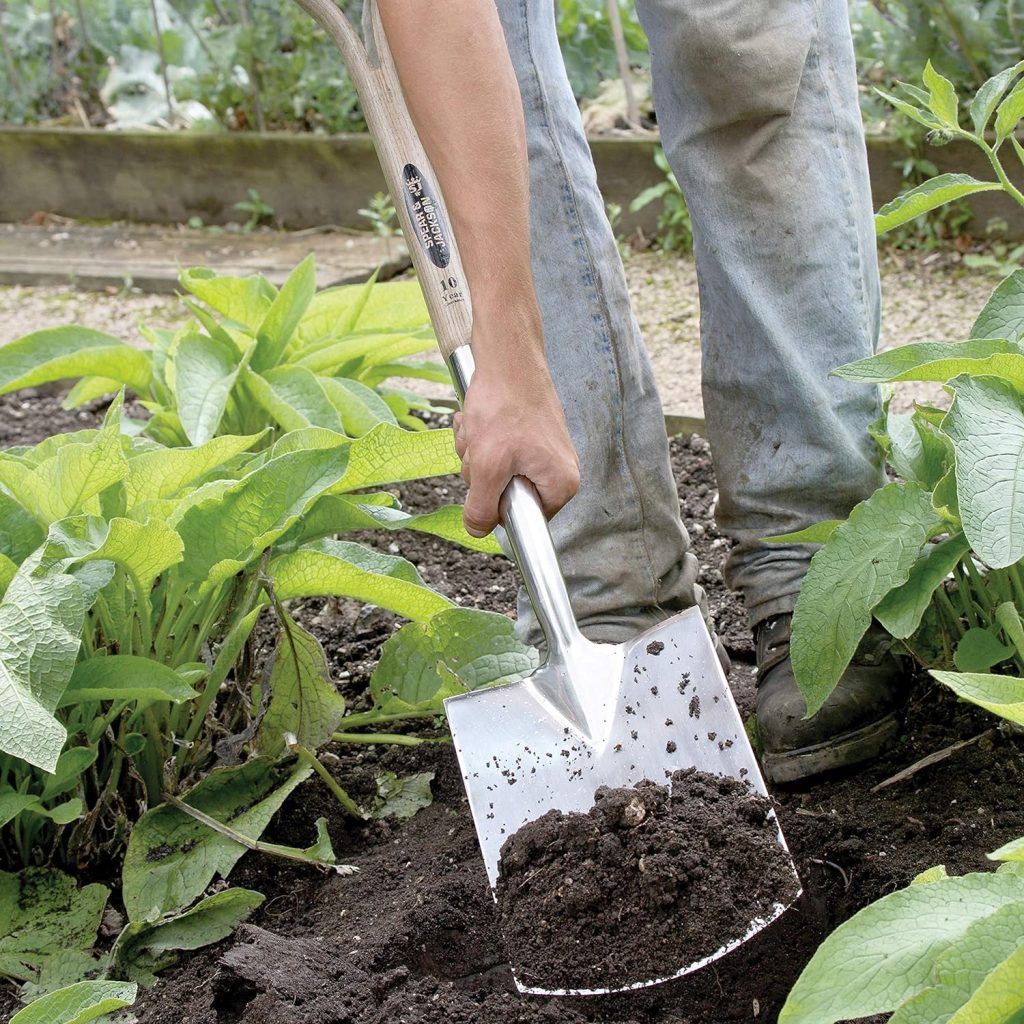Indigenous Gardening Knowledge
Indigenous gardening integrates cultural wisdom, environmental sustainability, and biodiversity conservation. Rooted in indigenous cultures around the world, this practice fosters a deep connection to the land and promotes stewardship of natural resources.
Indigenous gardening practices are as diverse as the cultures that nurture them, yet they share common principles of respect for nature and sustainability. These gardens serve as living classrooms, preserving traditional knowledge and fostering community resilience in the face of environmental challenges.
From the Three Sisters planting of the Haudenosaunee Confederacy to the chinampas of the Aztecs, indigenous peoples have cultivated diverse ecosystems that sustain both body and spirit.
Cultivating Connection
Indigenous gardening is more than a means of sustenance; it is a spiritual practice that fosters a profound connection to the earth. By honoring ancestral knowledge and indigenous plant species, gardeners establish a reciprocal relationship with the land, acknowledging its role as a provider and sustainer of life.
Nurturing Biodiversity
Indigenous gardens are biodiversity hotspots. They showcase the rich tapestry of native plant species and support a wide array of pollinators, birds, and other wildlife. They also embrace polyculture techniques that mimic natural ecosystems, promoting resilience and adaptation to environmental changes.
Cultivating a diverse range of plants can help indigenous gardeners enhance soil fertility. This also helps reduce pest infestations, as well as mitigate the impacts of climate change.
Key Practices in Indigenous Gardening
- Polyculture Planting: Indigenous gardeners interplant a variety of crops to mimic the diversity of natural ecosystems. This helps reduce the risk of crop failure and enhances soil health.
- Companion Planting: Certain plant combinations are believed to enhance each other’s growth and deter pests. For example, the “Three Sisters” method involves planting corn, beans, and squash together, with each plant providing benefits to the others.
- Seed Saving: Indigenous communities have long practiced seed saving to preserve traditional varieties and ensure food security. By saving seeds from year to year, gardeners maintain genetic diversity and adaptability in their crops.
- Water Conservation: Traditional irrigation techniques such as rainwater harvesting and mulching help indigenous gardeners conserve water in arid environments. This helps promote sustainable agriculture practices.
- Seasonal Planting: Indigenous gardening calendars are based on seasonal cycles and celestial events. This helps in guiding planting and harvesting activities to align with the natural rhythms of the earth.
Indigenous gardening represents a holistic approach to sustainable living, rooted in cultural heritage and environmental stewardship.

